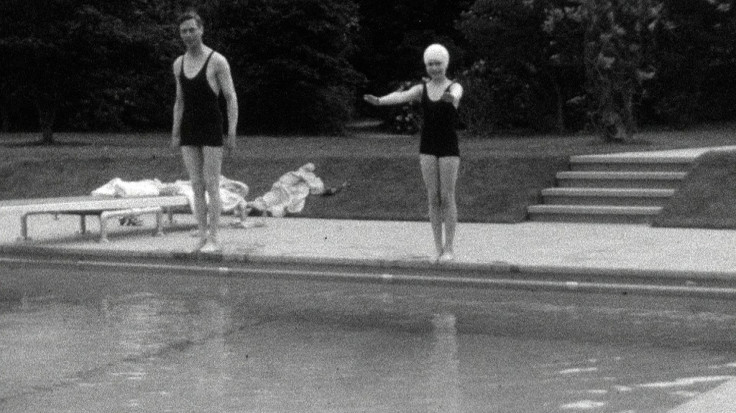How Did King George VI Die? 10 Facts About Queen Elizabeth II's Father

Queen Elizabeth II celebrates her sapphire anniversary Monday, marking 65 years of reign on the British throne, but the day also marks the death of her father King George VI. The queen's father was a heavy smoker and died from lung cancer Feb. 6, 1952, ending more than 15 years of his monarchy.
George VI ascended the throne December 1936 at the age of 40, after the death of his father George V and the abdication of his brother, Edward VIII. He was crowned on May 12, 1937, at Westminster Abbey, London. The king went through serious health issues after he underwent surgery to remove a tumor in one of his lungs, and died suddenly in the winter of 1952. The official cause of George VI's death was coronary thrombosis, which is a blood clot inside a blood vessel of the heart, according to the royal family’s official website.
George VI married Elizabeth Bowes-Lyon in 1923 and had two daughters — Elizabeth, who later became Queen Elizabeth II, and Margaret Rose, or ‘Princess Margaret.’
Here are some facts about George VI:
- He was born Albert Frederick Arthur George Saxe-Coburg-Gotha.
- At the age of 8, George VI developed a stammer.
- He graduated from the Royal Naval Academy at Osborne in 1909.
- In 1919, he joined the Royal Air Force and was certified as a pilot, becoming the first member of the Royal Family to learn to fly.
- He was a strong supporter of former British Prime Minister Neville Chamberlain.
- King George and his wife Elizabeth visited the United States in June 1939.
- George VI always dreaded public speaking because of his speech impediment.
- After speech therapies, King George made one of the most important speeches of his life in 1939, declaring war on Germany — an event depicted in the 2010 film "The King’s Speech."
- When Chamberlain resigned in May 1940, the king wanted to replace him with Lord Halifax, but was persuaded to accept Winston Churchill.
- In 1943, George VI visited British troops in North Africa.
Below are the titles received by George VI:
- His Highness Prince Albert of York: Dec. 14, 1895 – May 28, 1898
- His Royal Highness Prince Albert of York: May 28, 1898 – Jan. 22, 1901
- His Royal Highness Prince Albert of Cornwall and York: Jan. 22, 1901 – Nov. 9, 1901
- His Royal Highness Prince Albert of Wales: Nov. 9, 1901 – May 6, 1910
- His Royal Highness The Prince Albert: May 6, 1910 – June 4, 1920
- His Royal Highness The Duke of York: June 4, 1920 – Dec. 11, 1936
- His Majesty The King: Dec. 11, 1936 – Feb. 6, 1952
© Copyright IBTimes 2024. All rights reserved.











